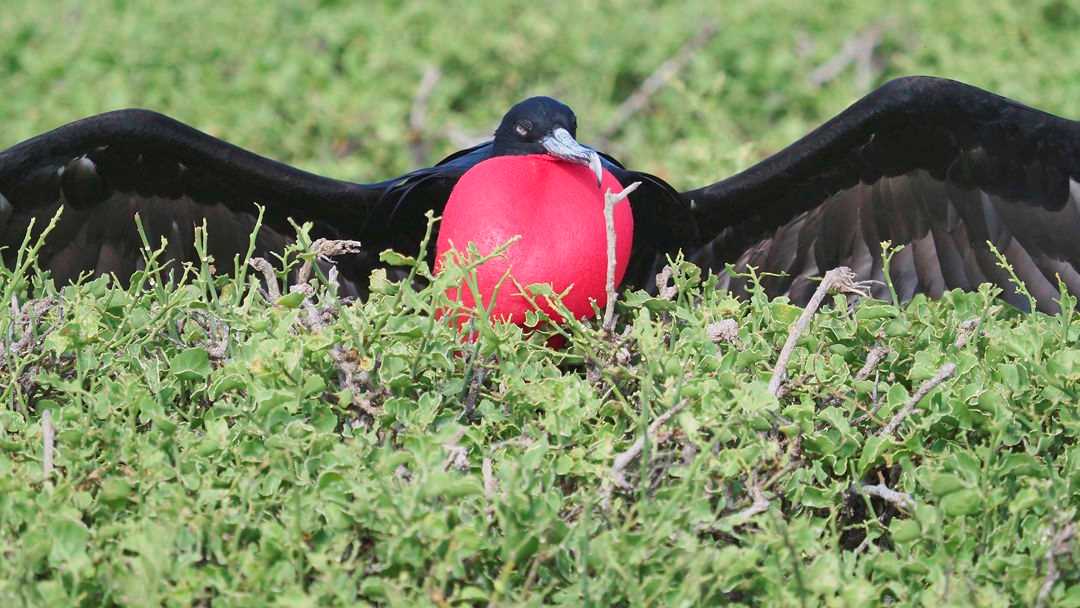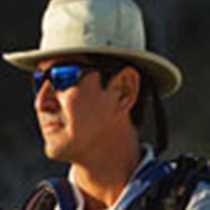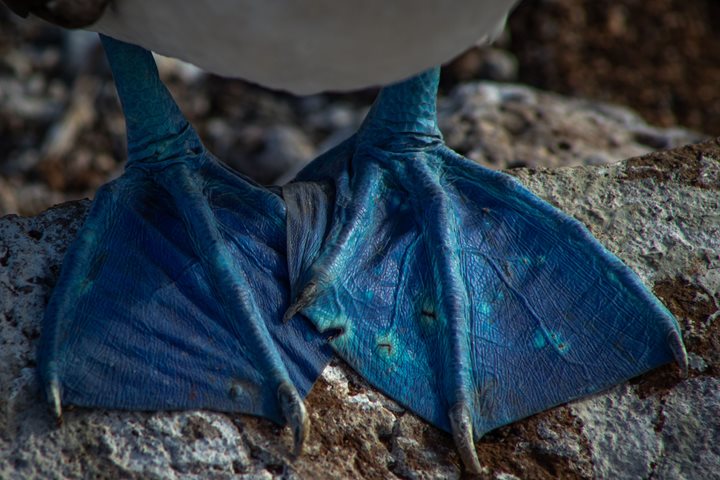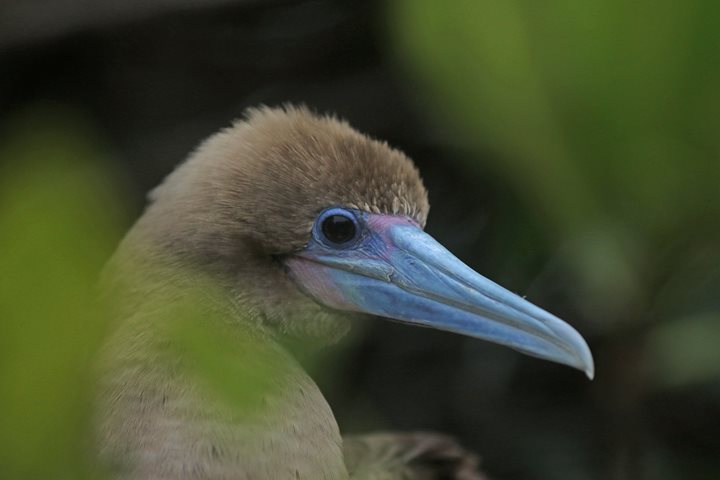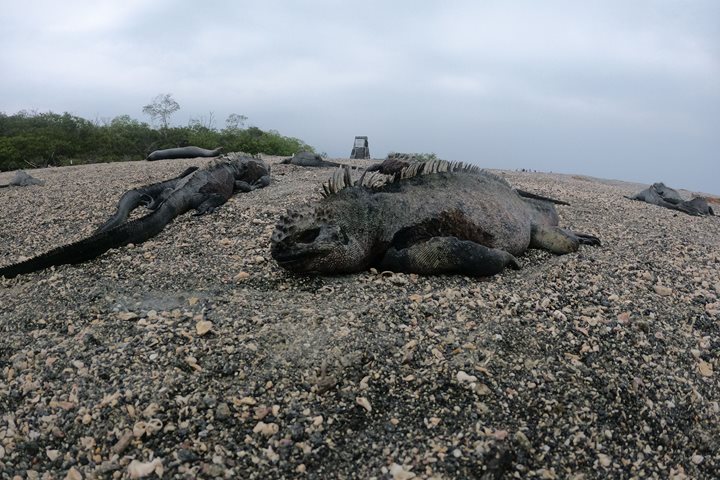Tower, or Genovesa, is home to over one million seabirds. Our highlights here were diverse, from Nazca, red & blue-footed boobies and gulls to owls, fur seals, hammerhead sharks, turtles and manta rays.Our adventure began with a wet landing on a white coralline beach inside Darwin Bay, named by a celebrity visitor, William Beebe, in honor of the great naturalist who re-directed human thought, Charles Darwin. At low tide and over a platform, we walked surrounded by birds of all kinds, their chicks, behavior, and colors. We were first moved by so much seabird activity – parents taking care of juveniles, hoping one day they can fend for themselves. Naturalists were also very excited that our guests were able to see many male great firgatebirds and red-footed boobies in this northern hemisphere island which has a very different ecology than any other. When we reached our hike’s turning point, we were surprised by the low tidal access to a larger platform.
Back on board we prepared for our last snorkeling outing. This undersea realm gave us close encounters with many hammerhead sharks, fish, and playful sea lions for the last time. To see them so close brought excitement and admiration. Some of us opted for beach snorkeling, which became much more fun than expected.
After this great adventure, we returned to our ship anchored inside Genovesa’s caldera to be briefed on our departure, and enjoy our last delicious lunch, a pride for our culinary staff. We were then ready begin our next adventure at Prince Philip’s Steps. It was a red-footed booby day, as we were able to spot so many of them! We also saw several Nazca boobies, as well as frigatebirds with the long awaited red-gular pouch, a bachelor’s eager signal for females. My colleague, naturalist Javier Carrion was able to find the elusive short-eared owl. All of us felt rewarded to have a unique view to the only camouflage diurnal raptor. Taking this walk was like being transported back in time. There were birds flying all over, like in prehistoric times, and lava formations resembling the first foundation of Earth.
As we look back and gaze at the sunset and the islands for the last time, this place now seems to be timeless and our exploration has been unforgettable. We have all bonded like family, united by this invisible mysticism. At the end of our journey we hope to stay in touch, and that the experience our guests had this week will stay with them for a lifetime.
“We must not acknowledge the methodical saying ‘don’t humanize the animals’ but instead ‘animalize the human’ by perceiving our surroundings with all our senses; embracing nature by coexistence and respect for one another, so we can become one with nature as we once were.”
—Ceslo Montalvo
Adiós, amigos.

